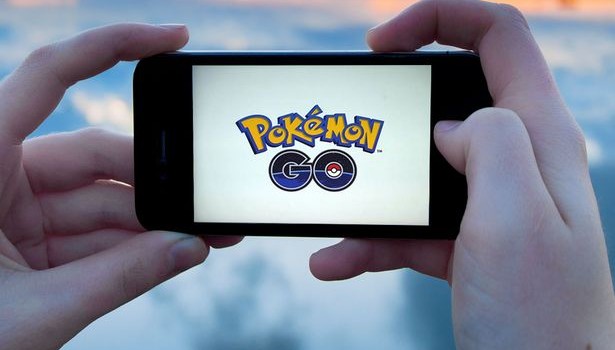If you’re disconnected from YouTube, Twitter, or the Pokémon brand in general, you would have received no warning that soon you would be surrounded by flocks of smart phone wielding individuals using your stores, museums, parks, or churches as the hunting ground for imaginary monsters.
On July 6th, The Pokémon Company, Niantic Labs, and Nintendo partnered to release the newest installment of the franchise Pokémon Go. Pokémon Go is an app that allows individuals to catch Pokémon in real world locations, collect items, and battle other players. For the first time ever, Millennials and Generation Xer’s have a taste of what it would be like to be a Pokémon trainer.
The game was not only a cultural hit, but a financially lucrative one. Within a few days, Pokémon Go became the top-grossing app. And within two days, Nintendo (who owns a share of The Pokémon Company) experienced a stock increase of $7.5 billion dollars.
What’s truly impressive is that the game creators took more of a ‘if you build it, they will come’ approach to marketing the game. No television ads were paid for. No bill boards were bought. No magazine ads were created.
The only three bits of official advertising for the game was a game trailer placed on the companies YouTube channel, a more general Pokémon Super Bowl ad, and an announcement on Twitter that the game had been released.
The entire ‘marketing initiative’ seems to have hinged on both current and former fans of the television shows, trading card game, and video games not only downloading the game, but vocally talking about and praising the game.
Not a bad gamble. The Pokémon Company could at least assume their current active fan base, which had never truly died, would at least check out the game. The company also had a secret weapon in their arsenal: the internet.
Why should Nintendo, The Pokémon Company, or Niantic Labs pay to advertise their game on platforms where their target demographic won’t see the advertisements?
According to a millennial and marketing infographic created by the USC Applied Psychology department entitled, traditional advertising would have been an inefficient means to reach their target audience: millennials who have fond memories of the franchise.
Magazine ads would have only reached 31% of millennials; Newspapers would have only reached 20% of millennials; Radios ads would have only reached 31% of millennials. And while millennials do watch on average 2.4 hours of television, streaming services and DVRs have made television commercials a gamble that might not pay off.
Beyond the potential inefficiency of a marketing campaign, entertainment based products can very easily score free advertising on social media platforms, YouTube channels, and entertainment sites.
All the Pokémon franchise had to do is create a solid game and release it to the masses. Many of the millennials who used to love the game now run entertainment websites and YouTube channels. They assumed those millennials would gleefully cover the game. They were right.
Social media platforms also played a very large role in the games success. Nearly 90% of millennials, utilize social platforms to connect with friends, keep up on current events, and obsess with fellow fans. In the week following the games release, fans of the game had 6 million mentions on Twitter from excited fans. That’s the type of free advertising many companies dream of.
The ‘let the fans’ provide free advertising approach is not a new approach. Most entertainment geared products tap into free advertising from internet based YouTube channels and blogs to some extent. Most companies don’t rely on internet ‘word of mouth’ as the main marketing strategy due to the fact it can be incredibly hard to predict what will go viral.
And even if you get lucky and the product does go viral, there is always the chance that the bloggers and YouTubers won’t give the piece of entertainment the glowing reviews needed for the product to be successful. Bad word of mouth can cripple the reception of a game, movie, or television show. The proof is in Batman Versus Superman.
In Pokémon Go’s case, if the game had not been well received there would not have been a strong marketing message to counter-act the toxic reviews. Nintendo, The Pokémon Company, and Niantic Labs made an informed gamble that their brand and their game would be good enough to catch fans attention and keep it. Their gamble paid off.
Samantha Stauf is a millennial that is regretting she never switched to a smart phone to play Pokémon Go. She spends her free time writing career and business geared articles.




Leave a Reply